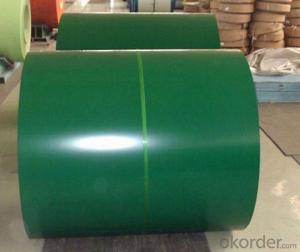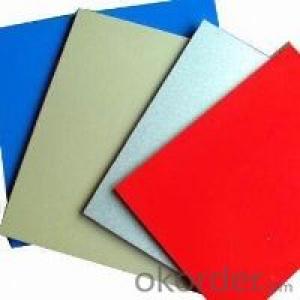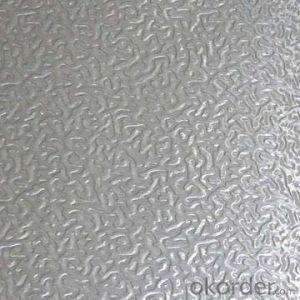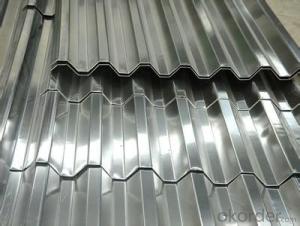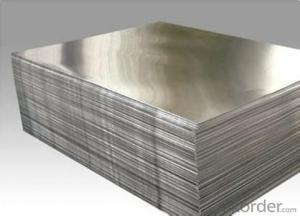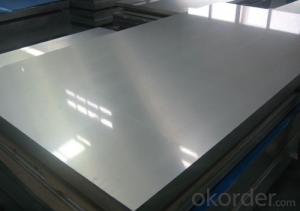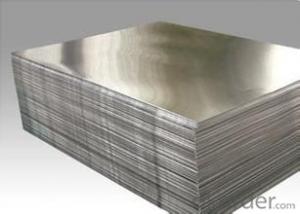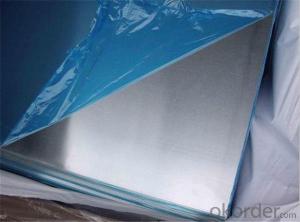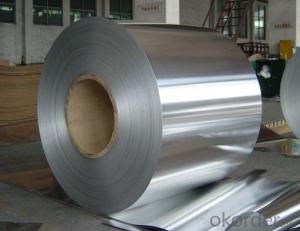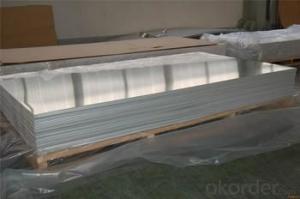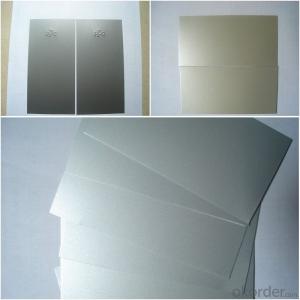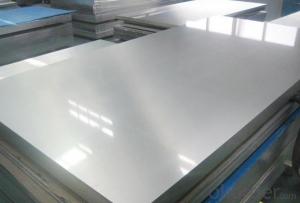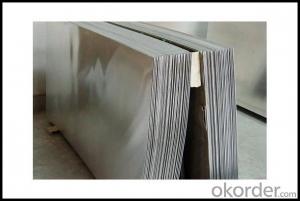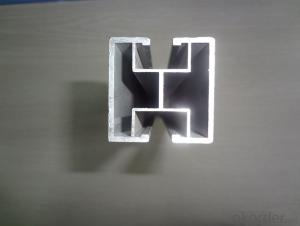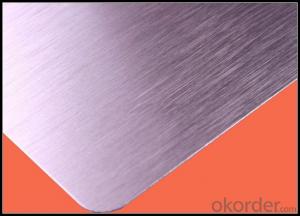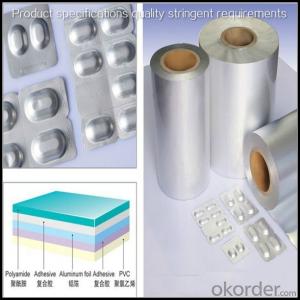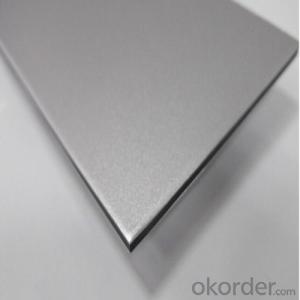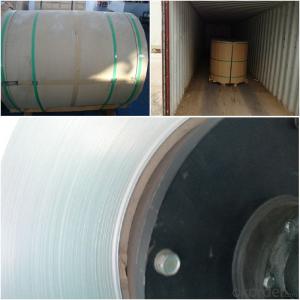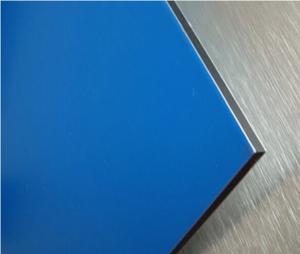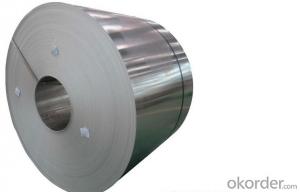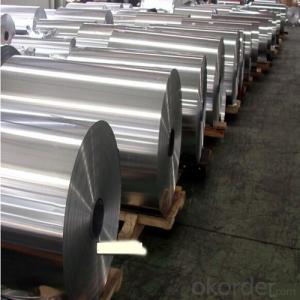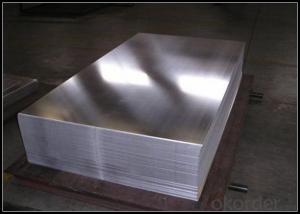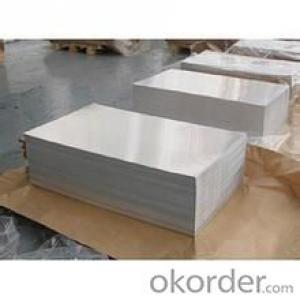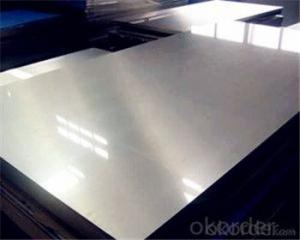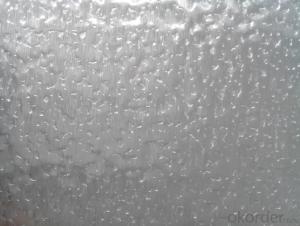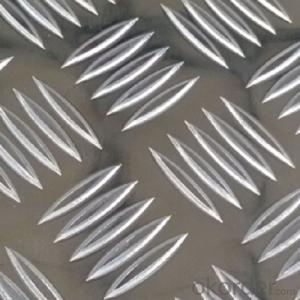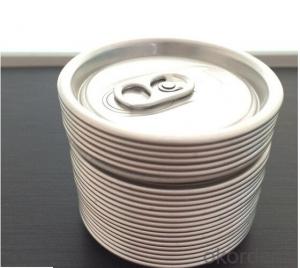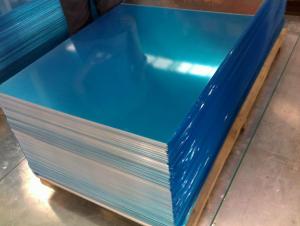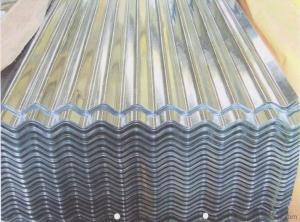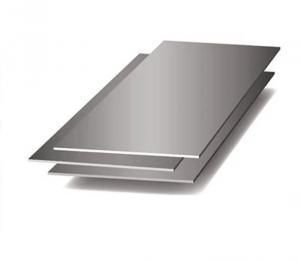Clear Anodized Aluminum Sheet
Clear Anodized Aluminum Sheet Related Searches
Black Anodised Aluminium Sheet Polished Aluminum Sheet Rolled Aluminum Sheet Anodized Aluminum Sheet Stock Corrugated Aluminum Sheet Aluminum Sheet Plate Aluminum Checker Plate Sheet Coil Coated Aluminum Sheet Aluminum Foil Sheet Aluminum Circle Sheet Aluminum Sheet And Plate Checker Plate Aluminum Sheets Aluminum Tread Plate Sheet Sheet Of Diamond Plate Aluminum Sheet Of Aluminum Foil Aluminum Sheet With Holes Aluminum Tread Plate Sheets Clear Plastic Sheets Large Aluminum Foil Sheets Cutting Aluminum Sheet Tread Plate Aluminum Sheets Colored Aluminum Foil Sheets Diamond Embossed Aluminum Sheet Diamond Plate Sheet Aluminum Diamond Plate Aluminum Sheets High Temperature Clear Plastic Sheet Thick Aluminum Foil Sheets Aluminum Sheet Circle Aluminum Sheet Diamond Plate Aluminum Tread Plate Sheet MetalClear Anodized Aluminum Sheet Supplier & Manufacturer from China
Clear Anodized Aluminum Sheet is a type of aluminum product that has undergone a specific finishing process to enhance its durability, appearance, and resistance to corrosion. This process involves the application of an electrolytic passivation, resulting in a protective oxide layer that forms on the surface of the aluminum, giving it a clear, glossy finish. The clear anodized aluminum sheet is widely recognized for its excellent properties, making it suitable for a variety of applications and usage scenarios. These include architectural projects, automotive components, consumer electronics, and signage, where its aesthetic appeal and protective qualities are highly valued.The clear anodized aluminum sheet is increasingly sought after for its versatility and performance in various industries. Its ability to withstand harsh environmental conditions, coupled with its lightweight and strong nature, makes it an ideal material for both indoor and outdoor applications. It can be easily fabricated, cut, and shaped into various forms, making it a popular choice for designers and manufacturers alike. The clear finish also allows for the material to be printed on or used as a substrate for other decorative finishes, further expanding its range of uses.
Okorder.com is a reputable wholesale supplier of clear anodized aluminum sheets, boasting a large inventory that caters to the diverse needs of clients across different sectors. With a commitment to quality and customer satisfaction, Okorder.com ensures that the clear anodized aluminum sheets they provide meet the highest industry standards. Their extensive stock allows for quick turnaround times and the ability to fulfill large orders, making them a reliable partner for businesses looking to incorporate this material into their product lines or projects.
Hot Products
